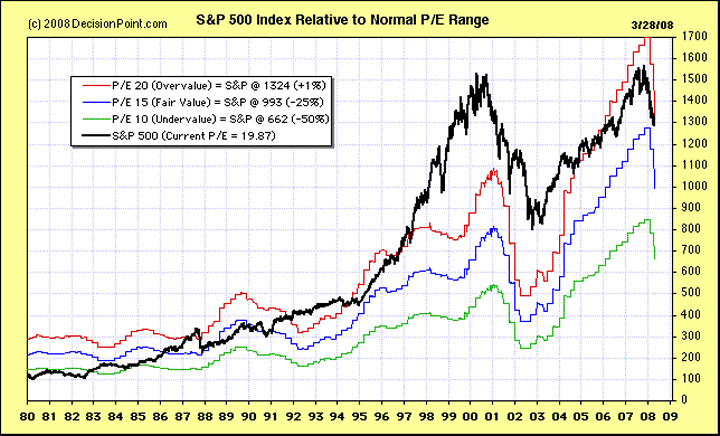S P 500
Post on: 24 Сентябрь, 2015 No Comment

What Is It?
Fun Fact
The Vanguard 500 Index Fund was conceived of by Vanguard head John Bogle as a way to align the interest of mutual fund management companies with the best interest of their investors. (Radical idea!) Vanguard launched the 500 Index Fund in 1976, and today it has become the first (and sometimes last) investment vehicle of choice for many Fools.
Type of Companies
As the name suggests, the S&P 500 consists of 500 companies from a diverse range of industries. Contrary to a popular misconception, the S&P 500 is not a simple list of the largest 500 companies by market capitalization or by revenues. Rather, it is 500 of the most widely held U.S.-based common stocks, chosen by the S&P Index Committee for market size, liquidity, and sector representation. Leading companies in leading industries is the guiding principal for S&P 500 inclusion. A small number of international companies that are widely traded in the U.S. are included, but the Index Committee has announced that only U.S.-based companies will be added in the future.
Number of Companies
How It Is Measured
The S&P 500 is a market-capitalization weighted index. (Think of market cap as the price you would pay to buy all shares of a single company.) In effect each dollar of market value is one vote.
Strengths
The S&P 500 represents approximately 70% of the value of the U.S. equity market. The listed companies are highly diverse, spanning every relevant portion of the U.S. economy. The S&P 500 index also tends to be the default when people discuss index funds, since index funds based on other indexes were not widely available until recently.
Weaknesses
The index is comprised primarily of U.S.-based companies. The S&P 500 has significant liquidity requirements for its components, so some large, thinly traded companies are ineligible for inclusion. Because the index gives more weight to larger companies, it tends to reflect the price movement of a fairly small number of stocks.
Investing in the S&P 500
If you’re going to buy an index fund, the Vanguard fund based on the S&P 500 is one popular way to go. Other choices abound, but few can beat Vanguard’s low expense ratios. The new Exchange Traded Funds are also a good choice and may have even lower expense ratios than Vanguard. As we’re fond of saying here in Fooldom, if you can’t beat it, buy it.














